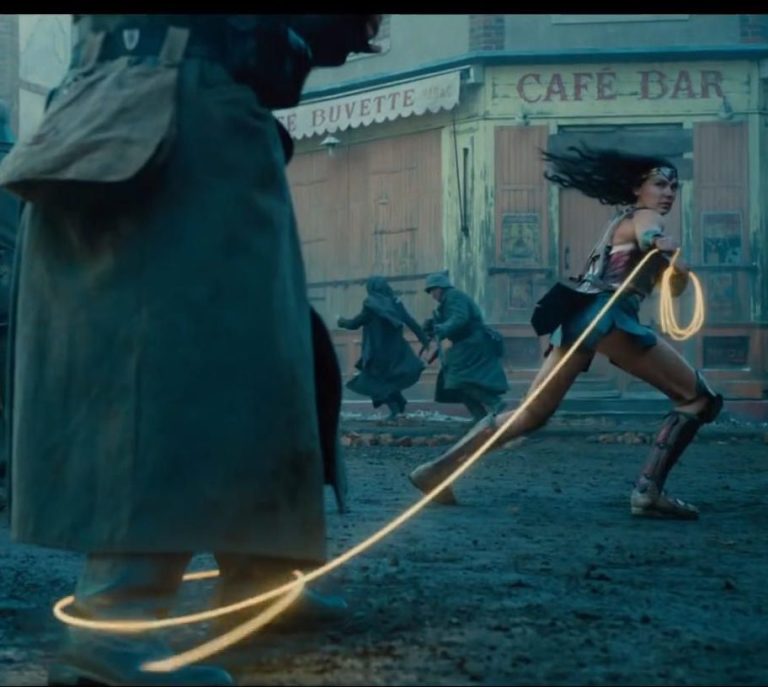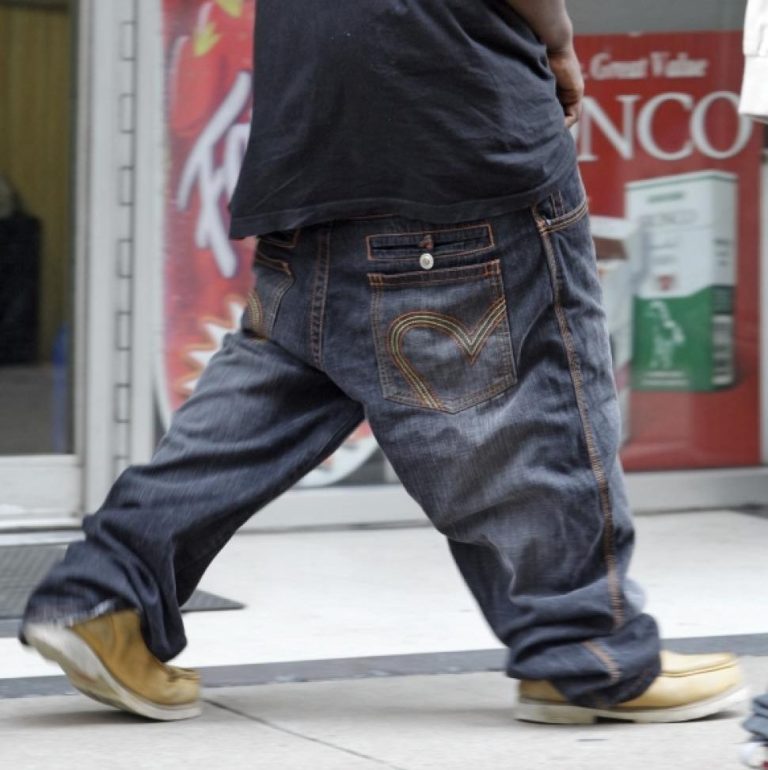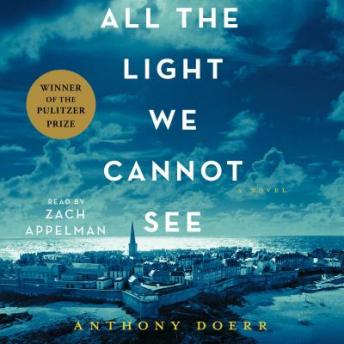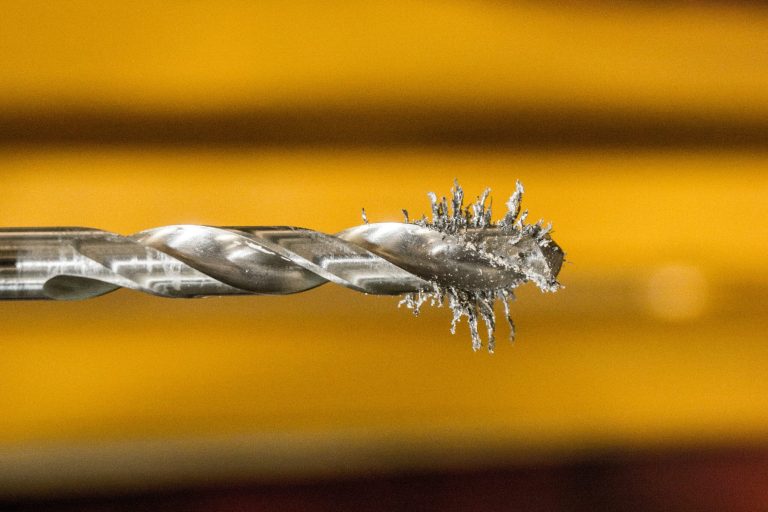What Those Strange Pinch Points Are All About
You may have heard of pinch points. Or not. I’m going to take a look at these key markers in a novel because I’m working up to introduce you to my 10-20-30 Scene Builder concept I’ve been putting together.
Because constructing a solid novel is daunting and difficult, having a kind of road map that shows the way makes the difference between arriving at your destination and ending up stuck in a bog in the middle of nowhere.
I see way too many manuscripts with noses sticking up from the muck and no handy tow truck nearby to pull them out. Sometimes it’s better to let them sink down to oblivion.
How much better to follow that road map!
Ever Resisting Structure
Last week we looked at the midpoint. That’s a fairly easy concept to nail, right? On a map, it would be, well, the midpoint. The very middle of journey from A to Z.
But what the heck are pinch points? Do you need them? Where do they go in a novel and what’s their purpose?
I don’t know if you’re like me, but I cringe when told I have to put X into Y at exactly 3.74 meters. If you’ve read the recent posts on Mondays, you’ve noticed that I shy away from conformity when it comes to the three-act structure.
I hope my examples showed you a door to freedom as you considered your characters’ doors of no return.
Point being: you want your story to dictate how many acts you need and where they start and end.
That said, there is still the overarching expected novel structure to keep in mind. Think, road as opposed to brush alongside the road. It’s a smoother journey (and more likely you’ll make it to your destination) if you stay on the paved road rather than veer off onto the verge and into the vegetation.
So at very least, novelists should be aware of the key markers or milestones they need to position in the story as their protagonist journeys to his goal (and if you still haven’t realized this is what a novel is truly all about, read my posts on this topic—they are myriad. Just type “protagonist goal” in the search bar).
General Structure Overview
To put simply, your story starts in the middle of something happening in the life of your protagonist just before an incident or disturbance upends him and redirects his attention (I’ll give you a post in a couple of weeks to help you determine where to start).
Shortly after that, events push the character to fix his goal for the book, at about the 25% mark.
There are only five basic story goals for every good story, whether a movie, novel, or play. So at that general place in your story, your hero is now going to try to get something, stop something or someone, escape, win something, or deliver something.
If you can’t tell me which of those five things your character is after in your story, you may need to stop and do some revisiting of your concept. You should be able to write a one-sentence story concept that includes what goal your protagonist is after, what the central conflict and high stakes are, and why he’s passionate about reaching that goal.
So what happens after that 25% mark? Your character is now going after his goal, and, if you have a strong concept and premise, he’s going to be facing all kinds of opposition that makes it hard for him to reach it.
The First Pinch Point
Enter that first pinch point. Somewhere between that 25% mark and the midpoint, the primary opposition needs to raise its ugly head. Whether it’s a singular opponent or nemesis; or a natural force, such as a tornado; or an entity or group, such as the legal system or Congress; the pinch point brings to the forefront the opposition.
This helps show how high the stakes are.
Pinch points also focus on the emotional change in the character as he reacts to the new situational development that occurs at these pinch points.
This doesn’t necessarily imply you can’t show your antagonist earlier in the story, or that this moment is meant to bring full attention on him (or it).
Here are some examples of the first pinch point in stories you may be familiar with:
The Hunger Games: Katniss enters the game and is attacked, flees, and discovers Peeta has abandoned her and joined a group of killers.
The Help: Miss Hilly announces over coffee that she’s going to publish her “Home Help Sanitation Initiative” in the local newspaper.
Raiders of the Lost Ark: Indy thinks Marion is dead. He confronts Balloq and threatens to kill him. Stakes go higher.
The Empire Strikes Back: The Emperor tells Darth Vader to hunt down Luke Skywalker. (The protagonist doesn’t have to be in the first pinch point scene.)
Alien: The alien detaches Kane’s face and hides in the ship where the crew can’t find it.
Top Gun: Right after Maverick (Tom Cruise) screws up big-time on a practice flight, Iceman (Val Kilmer) confronts him in the locker room, pointing out how he’s risking lives.
The Protagonist’s Reaction
This first Pinch Point is pointing to the main confrontations of your story. It’s beginning to show the immensity of the challenge for your protagonist. And often that reveals a big flaw in your protagonist.
Think about that moment in Top Gun. Maverick, after being confronted, realizes his serious flaws. If he doesn’t deal with them, they could cause disaster. This awareness pushes him to that midpoint scene that we looked at last week.
The result of this new development in your story is centered on the protagonist. Because now, he has to do something about this new development, once he learns about it. At this point in your story, he has new information, and that moves him to new action.
Don’t Forget Action-Reaction
I talked about how everything in story is about action-reaction. Something happens, a character reacts. He decides on a new action because of that, then gets back into action. This is the natural cycle of behavior. We hear or see something, we process, we make a decision, we act.
So this pinch point reveals something key about the opposition, which causes the protagonist to choose and then act, which barrels toward the midpoint.
With a natural event such as a storm or tornado, the stakes are raised and the hero makes a greater commitment to his goal (maybe to save someone in the storm). The point is to show how hard it now is going to be to reach that goal, which should add tension and drama to your story.
Really, all that pinch point is doing is showing the hero progressing toward his goal with the greater stakes and opposition revealed.
Can you think of a key moment in which you can show your protagonist’s central opposition between the time his goal is fixed and the midpoint scene (which is where his commitment ramps into high gear)?
Don’t get all caught up in those specific markers. Just think about the point of your story and that goal your hero is after. It doesn’t have to be complicated.
We’ll explore that second pinch point in next week’s post.
Thoughts on all this? What key scene have you come up with to showcase your primary opposition in your novel at this first pinch point?












Thanks for this! It was never really explained to me before, but now it makes perfect sense. Can’t wait for the post about pinch point number two.
I see way too many manuscripts with noses sticking up from the muck and no handy tow truck nearby to pull them out. Sometimes it’s better to let them sink down to oblivion.
Love the metaphor here!
Thanks for the explanation, Everyone else has been clear as mud. Need to look for the real point of my story. Will post when it’s clear.
I think way too literally, and so I’ve always cringed at the term, “pinch point.” I looked up the term in hopes of crediting it to the right author, only to find it is used across disciplines—in engineering, economics, mathematics, even traffic control! So helpful to think of a pinch point as” the primary opposition needs to raise its ugly head” and a place to “show high the stakes are,” plus “the emotional change in the character.”
Would you say that the first pinch point is also the Inciting Incident?
Nope! The inciting incident is more about the driving goal for your protagonist and should be much earlier in the novel than the pinch point.
The inciting incident pushes the story into motion in the first act. The pinch point, in the first quarter of the second act, is “the first battle” – the first true confrontation between the protagonist and the antagonist in one way or another. the first time the antagonist truly affects the protagonist’s journey. The antagonist isn’t always part of the inciting incident.